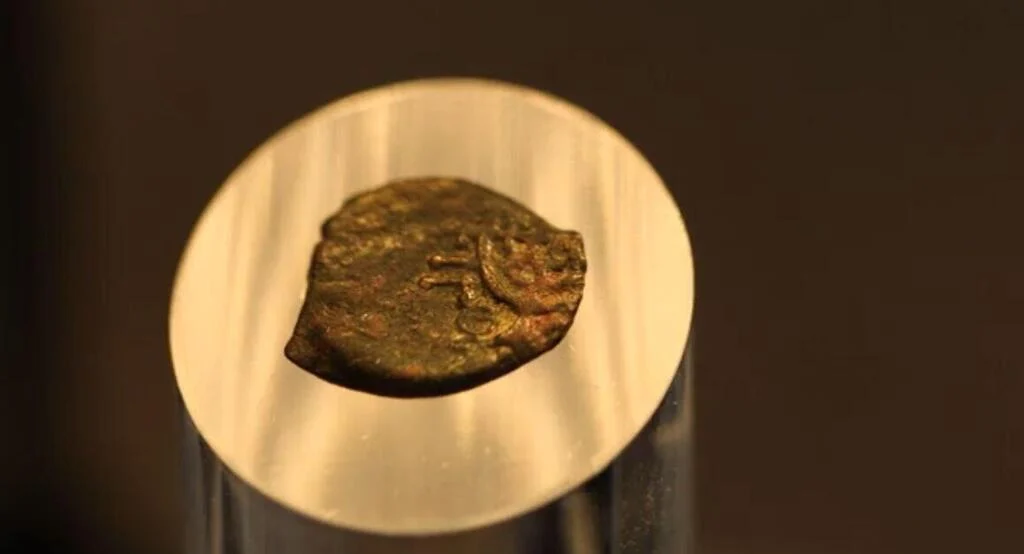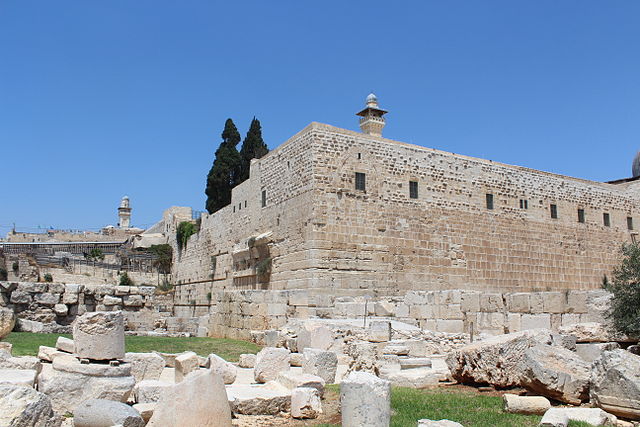The Davidson Center Archaeological Park is reopening on Sunday after three years of renovations. The museum is located in the Old City of Jerusalem at the base of the Temple Mount. A special exhibit for the reopening will feature an extremely rare coin minted by the last Hasmonean king, Antigonus II Mattathias, in 40 BCE depicting the Temple Menorah. This will mark the first time the coin is on display.

“This is the oldest known artistic depiction of the menorah, created 107 years before the destruction of the Second Temple,” said Dr. Yuval Baruch, head of archaeology and administration at the Israel Antiquities Authority, who was one of the excavators of the site and led the archaeological curation of the Davidson Center.
The exhibit will also feature a fragment of plasterwork from a Second Temple era burial cave, known as Jason’s Tomb, bearing five carvings of menorahs. This will also be the first time this plasterwork will be displayed since it was discovered in the 1950s.
The Magdala Stone will also be on display. Discovered in the town of Migdal in 200, it is believed to be a Torah reading table sculpted in stone with reliefs depicting a seven-branched menorah and possibly the Jerusalem Temple made in the First Century. The stone table features four horn-like protrusions similar to the horns found on the Temple altar.
These artifacts are significant as they were created by eyewitnesses to the actual Jewish Temple.
Darin McKeever, president and CEO of the William Davidson Foundation said this past week that the foundation is “excited to announce the reopening of the Davidson Center, which will offer visitors a unique experience exploring Jerusalem’s rich and varied history through its archaeological treasures.” McKeever added that he believes the museum will “be an important cultural destination for both foreign and Israeli visitors,” and looks forward to “sharing the stories and discoveries from Jerusalem’s past with this large and diverse audience. The William Davidson Foundation is proud to continue building on its late founder’s transformational investments in Jerusalem Archaeological Park.”



